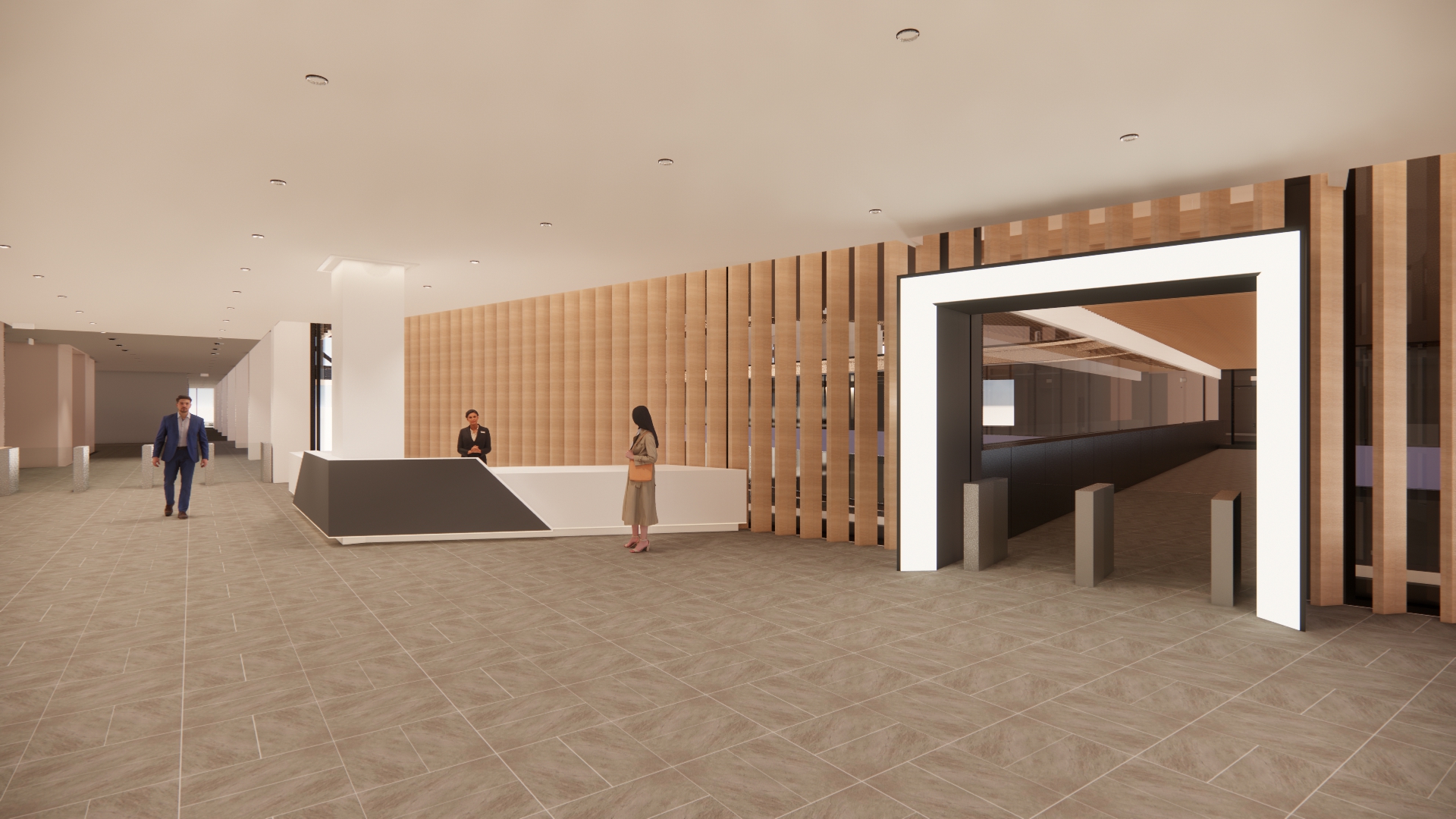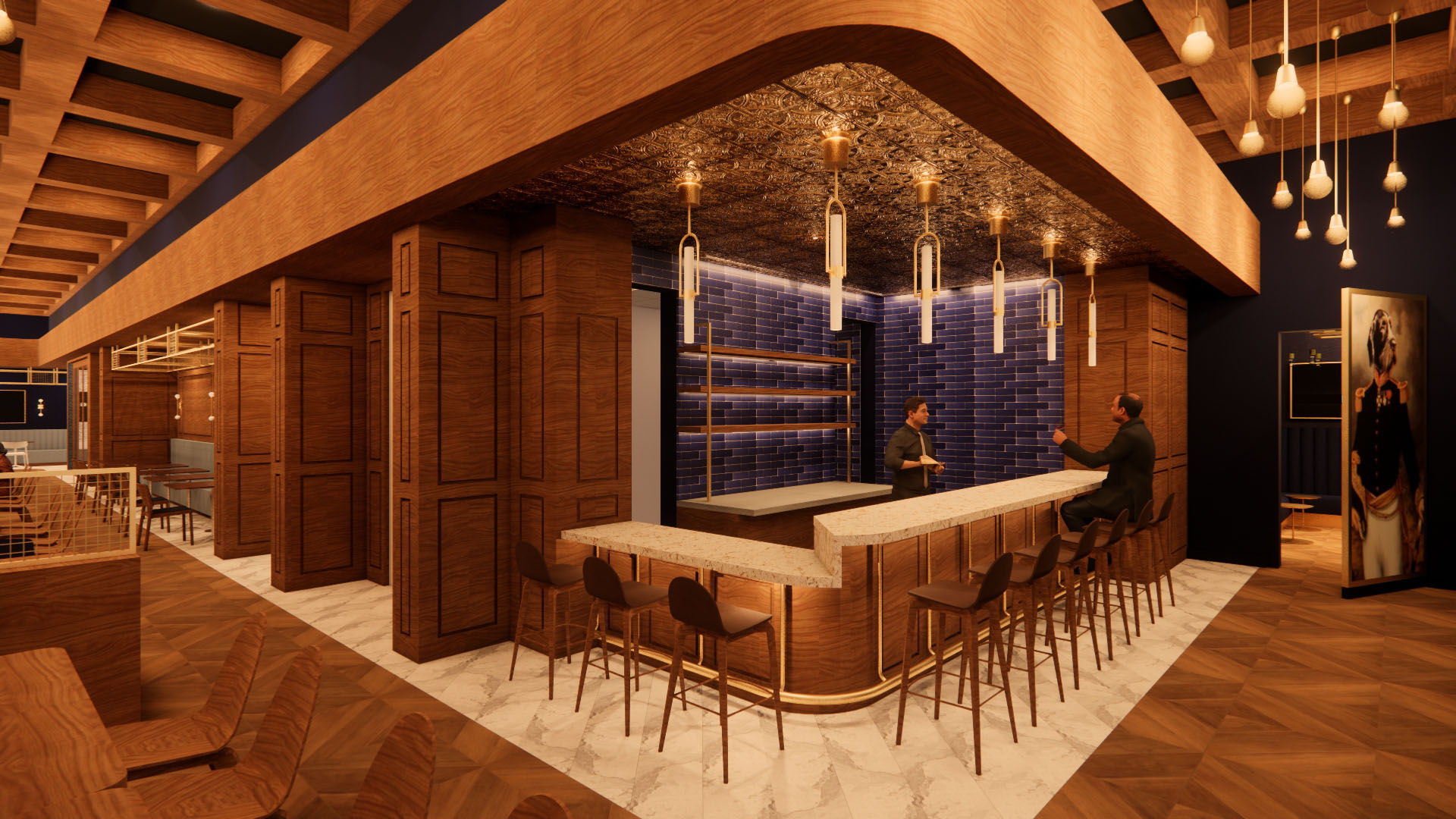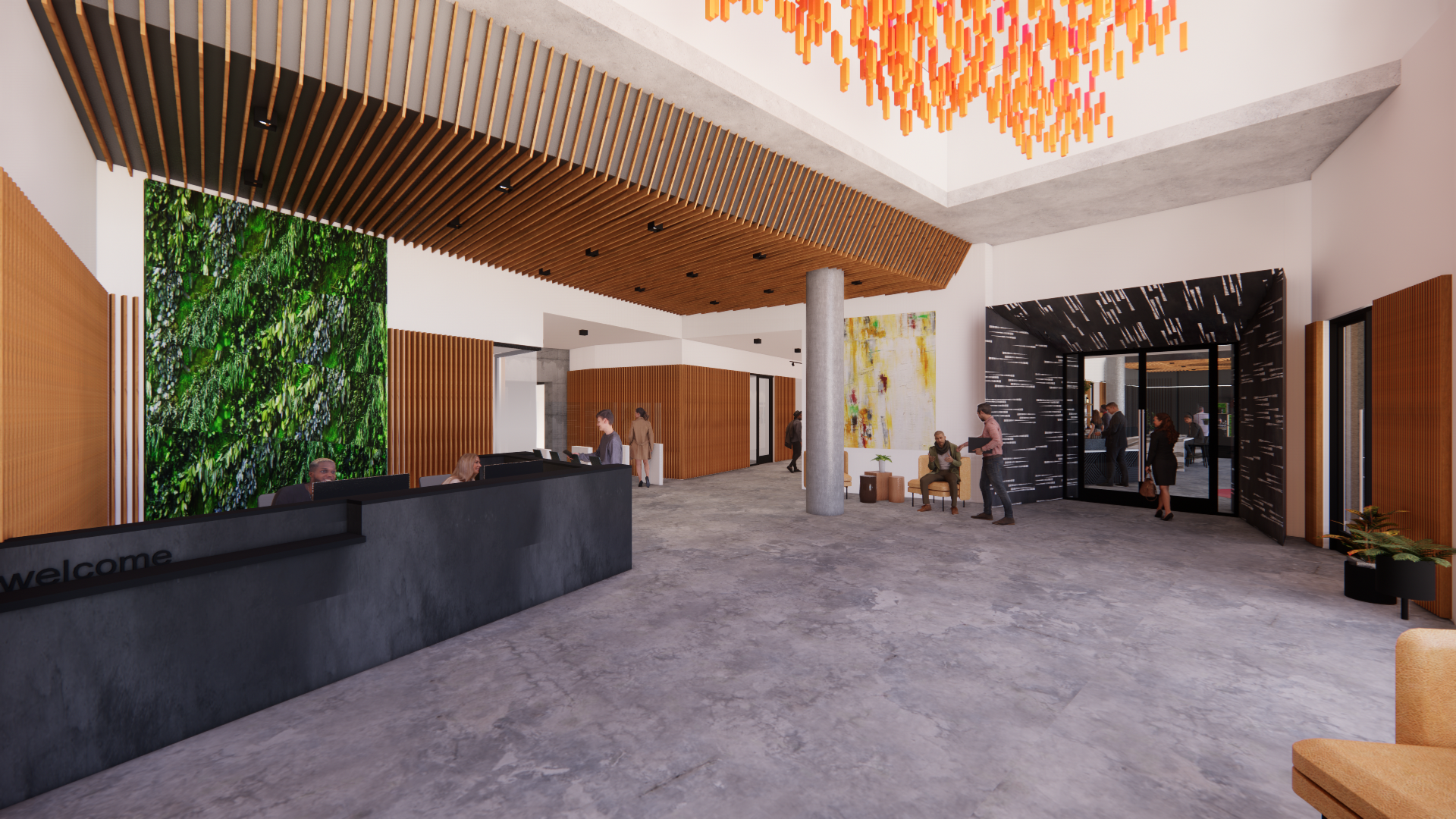“Parklets in San Francisco – new urban design or private occupation of public space?” – Michael Arnold, Assoc. AIA
I believe parklets are small scale, urban design, quick fixes for a larger scale city problem. That problem is that existing urban planning models are not providing the amenities that citizens find attractive and/or desire to activate public space. There are many reasons for why I think citizens find these spaces unattractive, some of which I would impress are social and not design related; but as I am in the business of design I will only be looking at this issue through that lens. Before we go too much further onto my soapbox, let’s get some definitions out of the way.
What Are Parklets?
As best as can be described, “A parklet is a small urban park, often created by replacing several under-utilized parallel parking spots […]” These designed spaces can be anywhere from a permanent installation to one-day ephemeral structures. Most interventions usually consist of movable furniture, potted planters, and connect directly with the existing curb heights to comply with accessibility codes. Often described as an “urban oasis,” these small scale projects provide respite for pedestrians and expanded seating options for nearby businesses.
How did parklets get started?
Normally, here is where I’d write something nice and pretty in this section, but someone else has already done a great job doing just that, so it seems a little silly for me to rehash.
My Soapbox
Personally, I am all for a continued increase of parklets in neighborhoods that can support the building type and would encourage interconnection of these “hot spots” when appropriate. However, careful evaluation of these spaces should be part of their programming as I worry about city-wide parklet saturation, the reduction of automobile parking and the proprietary feel of occupying public space.
To San Francisco’s credit, steps have been taken to reduce my latter worry by including clauses within the parklet application that reduce the connection between the business and the parklet. This is achieved through the use of different tables and chairs, though this kind of fix can only go so far.
Another simple solution to creating less proprietary parklets is to shift the proposed site so that it bridges two business facades, thus emphasizing the parklet as an  interdependent entity that is not soley owned by any one commercial space. In some locations, this has the added benefit of providing bicycle or motorbike parking.
So, the simple answer to Michael’s question is, “Both.” Pro/opponents feel free to weigh in.
Shameless Plug
Want to get more involved on your street? Head over to http://parkingday.org/ and start designing.



